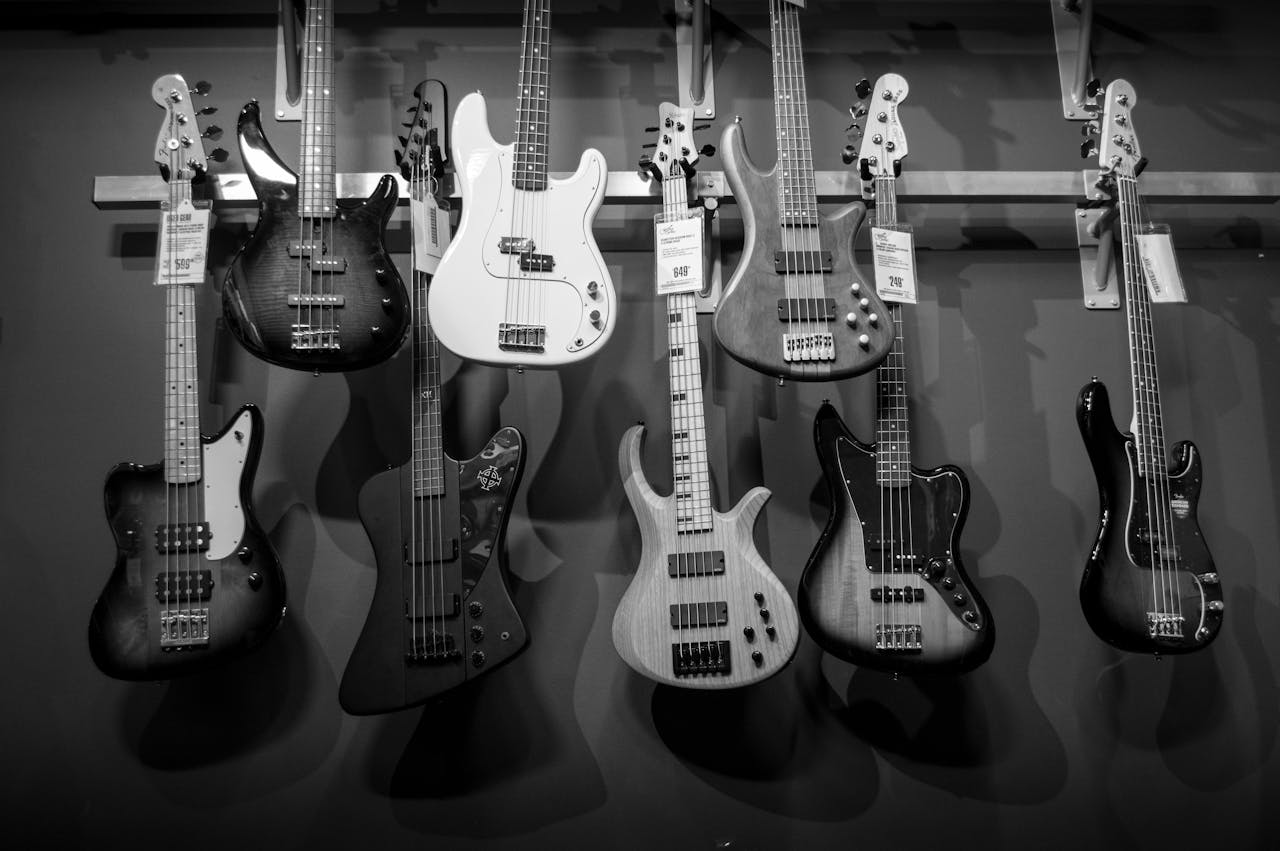While the dB’s never reached household name status, their influence on indie and alternative rock is profound and enduring. Formed in Winston-Salem, North Carolina, in the late 1970s, the dB’s — with their jangly guitars, intricate melodies, and clever lyrics — helped pave the way for countless bands in the alternative scene.
A Unique Sound That Stood Out
At the core of the dB’s sound is a combination of catchy, melodic hooks and a raw, sometimes quirky approach to songwriting. Their music was accessible, yet unconventional, characterized by jangly guitars and lyrics that were thoughtful, often introspective, and occasionally humorous. While their contemporaries leaned toward punk or post-punk sounds, the dB’s crafted something altogether different, blending upbeat tempos with a softer, reflective edge that would later be echoed by bands like R.E.M. and The Replacements.
The dB’s were also among the first to capture the sound of Southern roc with an alternative twist, giving a new flavor to the genre that would become popular in the 80s and 90s. Tracks like “Black and White” and “Big Brown Eyes” from their debut album Stands for Decibels exemplify their ability to craft songs that are catchy, introspective, and effortlessly cool.
Breaking the Mold with Stands for Decibels and Repercussion
Released in 1981, Stands for Decibels was a critical success that resonated strongly within underground music circles. Though it didn’t achieve major commercial success, the album became a cult classic and is now seen as one of the pioneering records in alternative rock. With standout tracks like “Black and White” and “Big Brown Eyes,” the album showcased the band’s knack for blending jangly pop hooks with more introspective themes.
Their follow-up album, Repercussion (1982), took their sound in a slightly darker, more experimental direction, exploring complex themes with songs like “Amplifier” and “Living a Lie.” This record, while less upbeat than their debut, was still filled with infectious melodies and innovative arrangements, further solidifying their influence on the indie rock genre.
Inspiring a Generation of Indie Bands

The dB’s influence can be felt in the music of bands like R.E.M., The Feelies, and even more modern groups like Teenage Fanclub and Guided by Voices. R.E.M., in particular, has frequently acknowledged the impact of the dB’s on their own sound, especially with the jangly guitars and thoughtful lyrics that both bands share, which isn’t much of a surprise since Holsapple from the dB’s was part of the band for four years . The Feelies’ minimalist, rhythmic approach also bears similarities to the dB’s work, showing how their distinct style left a lasting impact on fellow musicians.
For these bands, the dB’s represented a model of how music could be both introspective and accessible. They showed that alternative rock didn’t have to fit the aggressive punk aesthetic; it could be soft, thoughtful, and melodic, yet still energetic and full of life.
The Challenges of the Music Industry and Staying Power
Despite their artistic success, the dB’s struggled within the music industry. Labels found it difficult to market a band that didn’t fit neatly into the categories of the time, leading to limited promotional support and minimal radio play. Chris Stamey, one of the primary songwriters, left the band after Repercussion, which led to a shift in the group’s sound. This change was reflected in subsequent albums, where Peter Holsapple took on a greater role, steering the band’s music in a slightly more straightforward, pop-driven direction.
However, the dB’s difficulties with commercial success didn’t prevent them from continuing to make music. Later albums like Like This (1984) and The Sound of Music (1987) showcased a more mature, polished sound, capturing a broader array of themes and emotions. Although these albums didn’t reach a wide audience, they further demonstrated the dB’s resilience and commitment to their craft.
Legacy and Continued Influence
Though the dB’s didn’t experience widespread fame, their legacy has grown over the years. With the resurgence of interest in classic alternative rock and power pop, more fans are discovering the dB’s’ unique place in music history. Their reunion album, Falling Off the Sky (2012), was warmly received and introduced their music to a new generation, showing that their appeal remains strong decades after their debut.
The dB’s also left a lasting impact on how indie bands approach songwriting and collaboration. Their dual songwriting team of Stamey and Holsapple demonstrated that a band could successfully balance two creative voices, each bringing unique elements to the music. This collaborative model became a blueprint for indie bands that followed, proving that diverse perspectives within a group could create a more dynamic, multifaceted sound.
Conclusion – Why the dB’s Matter Today
The dB’s may not have reached the top of the charts, but their impact on indie and alternative rock is profound. They showed that music could be thoughtful, experimental, and uncommercial, while still resonating deeply with listeners. Their willingness to forge their own path helped shape the alternative rock genre and gave future bands the courage to do the same.
For fans and musicians today, the dB’s are more than just a band; they’re a symbol of what it means to create without compromise. Their music stands as a reminder of the power of artistic integrity and the importance of following one’s creative instincts. Whether you’re a longtime fan or a new listener, exploring the dB’s catalog is a rewarding journey into the roots of indie and alternative rock.




